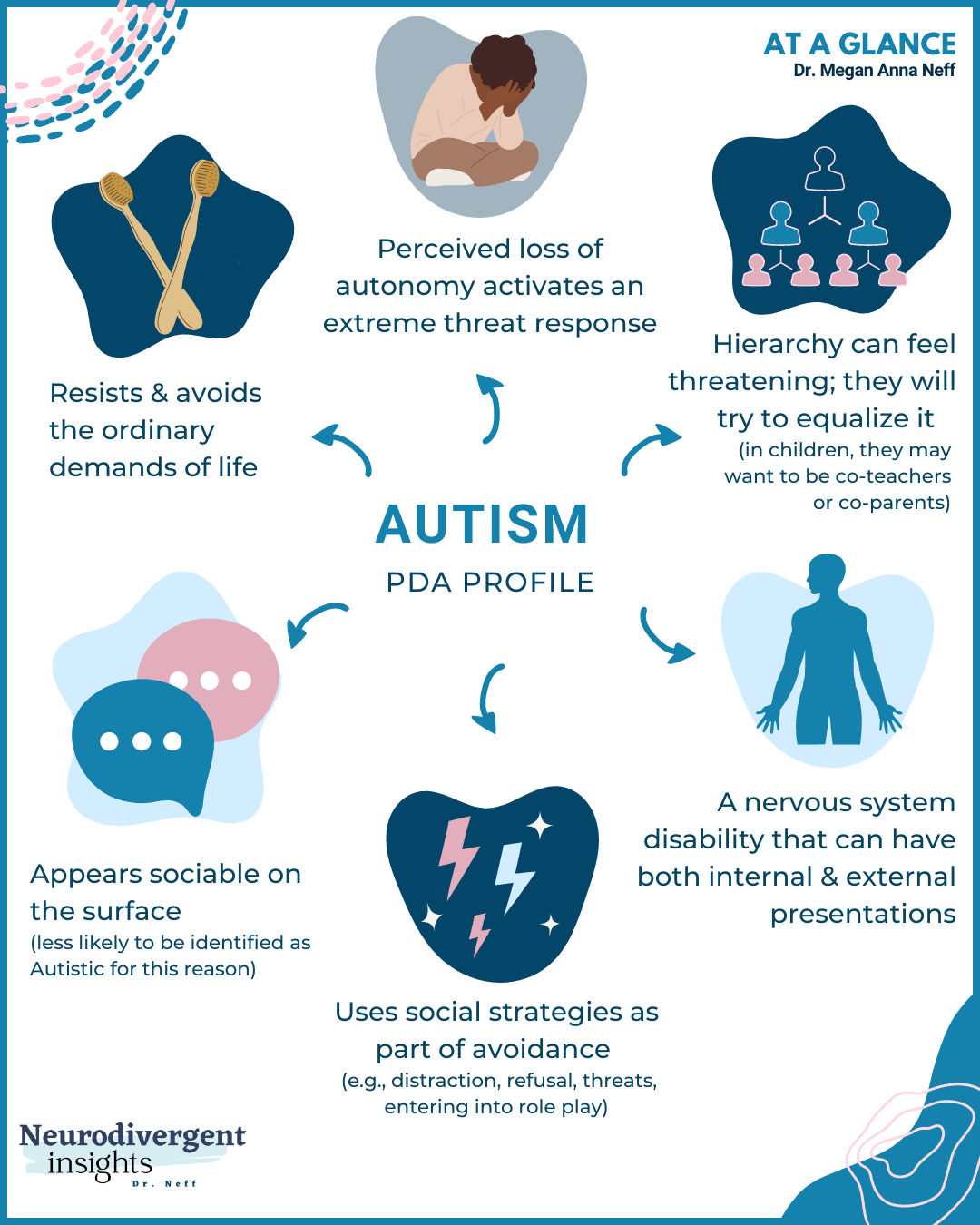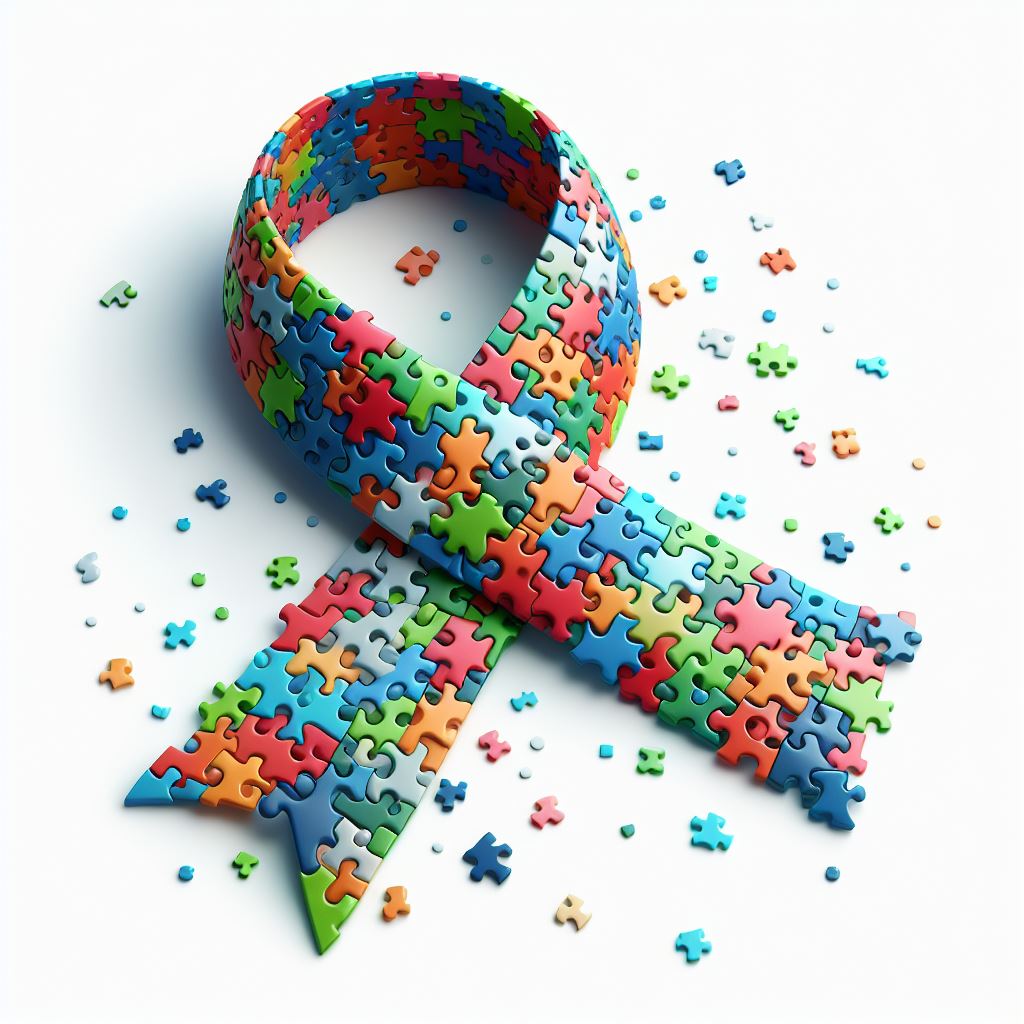The Impact of Early Intervention on Kids with Autism: What Moms And Dads Required to Know
The Impact of Early Intervention on Kids with Autism: What Moms And Dads Required to Know
Blog Article
Discovering Autism: Strategies for Reliable Communication and Interaction
Effective communication and communication with people on the autism spectrum require a thorough understanding of their one-of-a-kind requirements and preferences. The complexities of these methods expose more factors to consider that merit expedition, specifically in exactly how they can be adjusted to specific experiences and varied contexts.
Understanding Autism Range Problem
Autism Spectrum Condition (ASD) encompasses a range of neurodevelopmental conditions defined by obstacles in social communication, interaction, and repetitive behaviors. The term "range" reflects the diverse indications and varying levels of intensity experienced by people with ASD. While some might display significant disabilities, others may display high-functioning traits, allowing for greater self-reliance in every day life.
The onset of ASD typically happens in very early childhood, with indications typically identifiable by age 2. Very early indications may consist of postponed speech growth, restricted eye call, and troubles in understanding social hints. The accurate etiology of ASD remains unclear, research study suggests a mix of ecological and hereditary aspects plays a crucial duty in its advancement.
Individuals with ASD often have distinct staminas, such as heightened interest to information and remarkable memory abilities. They might battle with recognizing abstract principles and managing adjustments to regular - autism. Because of this, interventions and assistance customized to specific demands are necessary for cultivating interaction and social abilities. Identifying the complexity of ASD is essential for advertising recognition, acceptance, and reliable techniques that promote meaningful communications with individuals on the spectrum.

Importance of Clear Interaction
Reliable communication is essential for promoting understanding and link, particularly for people with Autism Spectrum Problem (ASD) Clear communication not just facilitates social interactions however likewise improves the person's capability to share their needs, ideas, and feelings. For individuals with ASD, the nuances of language can usually be testing; as a result, using simple and distinct language is important.
Moreover, clear communication assists minimize frustration and anxiety that might arise from misconceptions. When messages are conveyed in a constant and straight way, people with ASD are much better outfitted to translate details properly, which can substantially enhance their social involvement and engagement in numerous settings.
Establishing regimens and making use of aesthetic assistances can additionally boost clear communication. These strategies supply people with foreseeable frameworks that assist understanding and retention of information. Additionally, actively being and listening client during communications advertises an encouraging setting where individuals with ASD feel valued and comprehended.
Eventually, focusing on clear communication not just empowers people with ASD however also fosters even more purposeful links with their peers, caregivers, and the broader neighborhood, paving the method for collective connections and comprehensive communications. - autism
Non-Verbal Communication Strategies
Interaction prolongs past words, and for people with Autism Spectrum Problem (ASD), non-verbal signs play a significant duty in communications. Non-verbal interaction techniques can include face expressions, gestures, body language, and eye contact, all of which function as essential parts for conveying objectives and feelings.
Understanding and analyzing these non-verbal signals can improve interactions with individuals with ASD. For circumstances, a warm smile or open pose can produce a welcoming ambience, encouraging interaction. Using visual aids-- such as photo cards or icons-- can link communication voids and aid convey messages much more properly.
It is additionally essential to be conscious of individual room, as people with ASD may have various convenience degrees regarding closeness. Observing their reactions to physical distance can inform ideal modifications.

Producing Supportive Settings
Producing a supportive setting is critical for cultivating favorable interactions and improving the well-being of people with Autism Range Problem (ASD) Such atmospheres can substantially minimize anxiety and develop a sense of safety and security, enabling people to express themselves extra freely.
To read what he said attain this, it is vital to consider sensory level of sensitivities that individuals with ASD might experience. Modifying the physical area to consist of soft lighting, very little history noise, and comfy seats can create a soothing ambience. Additionally, making use of constant regimens and clear aesthetic schedules can assist people anticipate shifts and reduce uncertainty, additional advertising comfort.
Social areas need to be structured to reduce frustrating stimulations while providing opportunities for involvement in preferred activities. Promoting areas assigned for peaceful time can additionally work as a haven throughout minutes of anxiety. Notably, incorporating aspects of selection equips individuals, allowing them to exercise company in their setting.

Motivating Social Interactions
Fostering social communications amongst individuals with Autism Range Disorder (ASD) needs intentional approaches that prioritize convenience and involvement. Establishing foreseeable regimens can help in reducing stress and anxiety, making social setups much more friendly. Creating structured atmospheres with specified duties and roles permits people to engage without the overwhelming stress of disorganized social characteristics.
Incorporating rate of interests and toughness into social activities can function as a stimulant for interaction. Organizing team tasks around shared hobbies or topics of fascination can help with all-natural discussions and links. Additionally, utilizing visual supports, such as photographic schedules or social scripts, can help in recognizing social signs and assumptions.
Designing ideal social actions is essential - autism. Peers and grownups must show efficient communication methods, including active listening and turn-taking. Role-playing scenarios can also offer a secure room for people to exercise these abilities
Finally, promoting peer connections with inclusive practices is crucial. Urging comprehensive playdates or team trips can create chances for socialization in a comfortable setup. By applying these approaches, caretakers and instructors can considerably enhance social interactions for people with ASD, promoting their total social advancement and well-being.
Final Thought
Finally, reliable communication and communication techniques are essential for sustaining people with Autism Spectrum Problem. Emphasizing clear language, including non-verbal cues, and developing predictable routines dramatically enhance involvement and reduce stress and anxiety. Developing supportive atmospheres cultivates safe social communications, while urging shared interests assists in purposeful connections. Eventually, these methods equip individuals with autism to Web Site browse social landscapes, advertising their total well-being and allowing the growth of long-term relationships.
Reliable visit the site communication and interaction with people on the autism range require a thorough understanding of their unique needs and choices. Clear interaction not just promotes social communications but additionally boosts the person's capacity to share their thoughts, emotions, and needs.Fostering social communications amongst people with Autism Spectrum Disorder (ASD) calls for willful methods that prioritize convenience and engagement. By executing these educators, caretakers and approaches can dramatically improve social interactions for people with ASD, promoting their total social advancement and well-being.
In verdict, effective communication and communication techniques are important for supporting individuals with Autism Range Problem.
Report this page